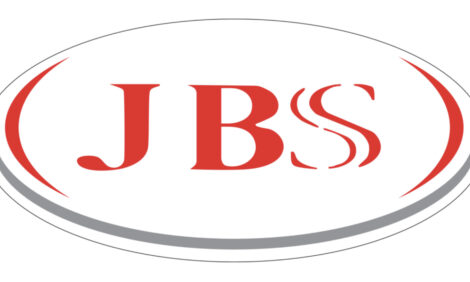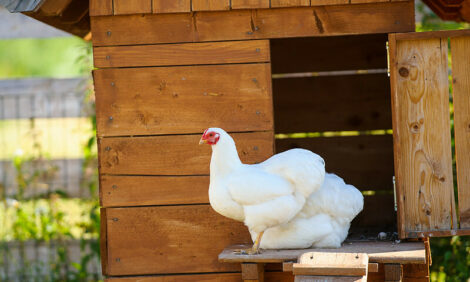



Risk Assessment of GM Animals
EU - The European Food Safety Authority (EFSA) has launched a public consultation on its draft guidance for the environmental risk assessment (ERA) of GM animals.The document, Guidance on the environmental risk assessment of genetically modified animals, which focuses on GM fish, insects, mammals and birds, outlines the specific data requirements and methodology for the ERA of GM animals should applications be submitted for market authorisation in the European Union (EU) in the future. The risk assessment is based on a comparative approach between GM and non-GM animals.
All stakeholders and interested parties are invited to provide their comments on the guidance through an online public consultation that runs until 31 August 2012.
The basic assumption of the comparative assessment, which is the risk assessment approach for all GMOs laid down in EU legislation, is that non-GM animals serve as a baseline with respect to environmental safety.
Thus the ERA of GM animals involves collecting, assessing and, where appropriate, generating information about the GM animal to determine, on a case-by case basis, its impact on the environment in comparison with non-GM animals.
The draft guidance document outlines data requirements for the comparative analysis of different areas of potential risk specific to GM fish, insects, mammals and birds.
These include, among others: interactions of the GM animal with target and non-target organisms; environmental impacts of the techniques used to rear or keep the GM animal; and the impact of the GM animal on human and animal health, for example to assess potential risks to farmers, other workers or the general public that may come into contact with GM animals.
The draft guidance requires that these and other potential risks are assessed using a systematic, step-by-step approach. The six steps of the ERA are: problem formulation, including hazard and exposure identification; hazard characterisation; exposure characterisation; risk characterisation; risk management strategies; and an overall risk evaluation.
Additionally, the draft guidance document describes several generic, cross-cutting considerations that need to be accounted for throughout the whole ERA, for example aspects such as the long-term effects of GM animals, the analysis of uncertainties and the choice of an appropriate comparator (the non-GM animal with which the GM animal is compared during the safety evaluation).
In the final chapter of the draft guidance document, recommendations are made for the post-market environmental monitoring (PMEM) of GM animals. Under EU legislation, applications for the authorisation of GM animals must contain a detailed PMEM plan which defines how potential unanticipated adverse effects on the environment will be monitored.
At present, no applications for market approval of GM animals have been submitted in the EU. The technology has advanced rapidly in recent years and in some non-EU countries regulators are already evaluating GM animals, both in terms of food/feed and environmental safety.
In this context, and in anticipation of potential future applications for introduction on the EU market, the European Commission requested EFSA to develop comprehensive guidance for the safety assessment of food and feed derived from GM animals (including animal health and welfare aspects) and for the environmental risk assessment of GM animals.
The first part of this task was completed in 2011 with the publication of a separate guidance document on food and feed safety and animal health and welfare.
The present draft guidance document on the environmental risk assessment of GM animals addresses the remaining part of the request from the European Commission.
EFSA invites stakeholders and all interested parties to comment on the draft guidance through a public consultation available on the EFSA website until 31 August 2012.
Following the public consultation, EFSA will assess all comments made and, where relevant, these will be incorporated in a revised final guidance document to be adopted by EFSA’s GMO Panel later in the year.









